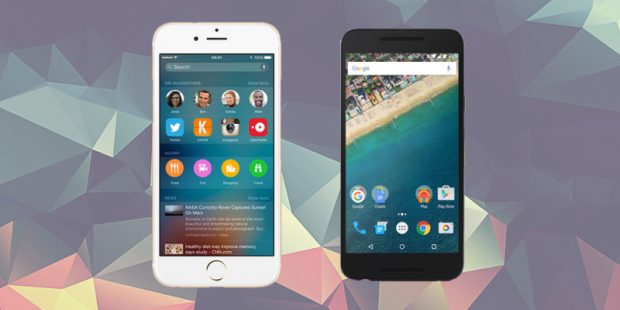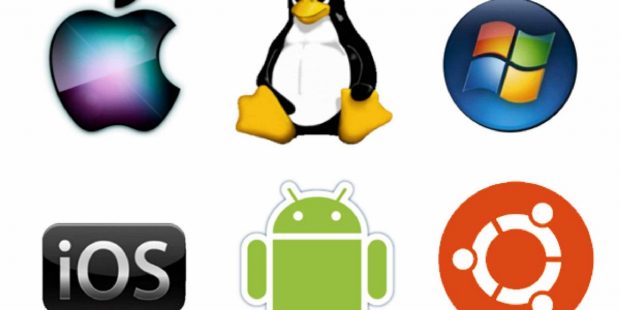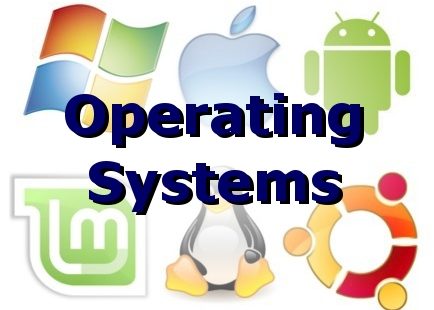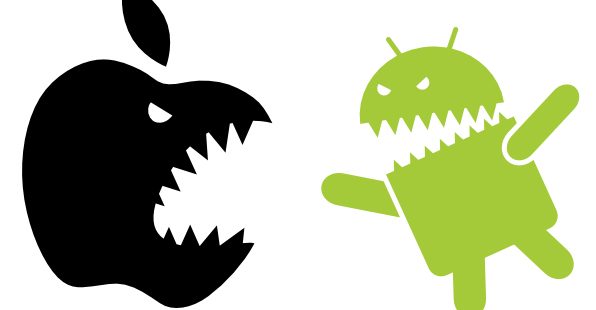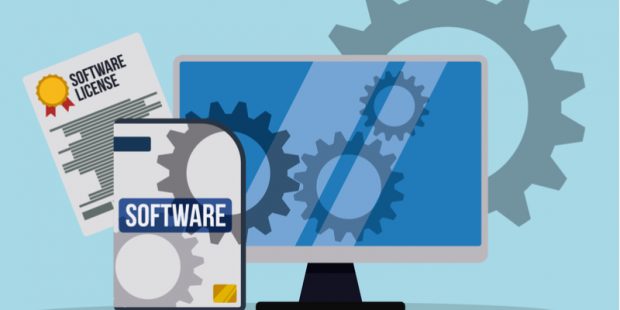Recent Posts
A Look At Mobile Operating Systems
Every computer and similar devices have operating systems which provide the most fundamental functionalities, features and platform for the programs to run. Traditionally the PCs and laptops come with the most popular operating systems such as Windows, Linux, Unix and macOS amongst others. Similarly for mobile devices and tablets the most popular operating systems are Android, iOS, Windows OS and Blackberry OS amongst others. The Windows and Blackberry operating systems have become pretty outdated and the two main operating system that power the majority of the smart phone across the globe are Android and iOS. The iOS operating system is limited to Apple phones whereas the Android OS is installed on most of the non-Apple smart phones.
Understanding the mobile operating systems in more detail
The Android operating system is owned by Google and it is considered as an open source platform for the developers to design their apps as opposed to the Apple’s iOS which is not an open source platform. The Android OS allows for more customization, flexibility and higher number of apps in comparison to the Apple’s iOS. In terms of specific number of apps, there are approximately 2.7 million Android apps as opposed to 2.2 million iOS apps. Though most of the apps are available on both the platforms, conventionally Apple has been a more lucrative platform for the developers thus you are likely to see newer apps on iOS first then Android. However in the recent times, with the gradual increase in the number of Android devices and its increasing stake in the smart phone market, a lot of the developers are focusing their energies on Android, especially outside US. The Google Play store has the most number of free apps, however some of the best mobile apps or games might be exclusive to iOS. It eventually boils down to the choice of the consumer as most of the fundamental and major apps are available on both the platforms or operating systems.
When it comes to the interface of the app store, both the operating systems have their own advantages as well as disadvantages, It is quite a task to organize millions of apps together with the right algorithm and place it in sequence so that it is easy for the end users to navigate effectively. Here both the operating systems, Android as well as iOS, suffer a bit since neither are perfect but both the operating systems interface does the job effectively. The Play store search filter is better with Android and it also allows you to queue as well as install apps from the web browser on the PC. However, it can be argued that iOS provides better recommendations and a slightly better interface but eventually there’s not a huge difference between those two. Both platform’s stores have some dodgy apps that could be potentially harmful however Apple has a stricter policy when it comes to curating and filtering apps. This is a good thing in terms of the quality of the apps however it can be a disadvantage if you for the classic consoles of game emulators.
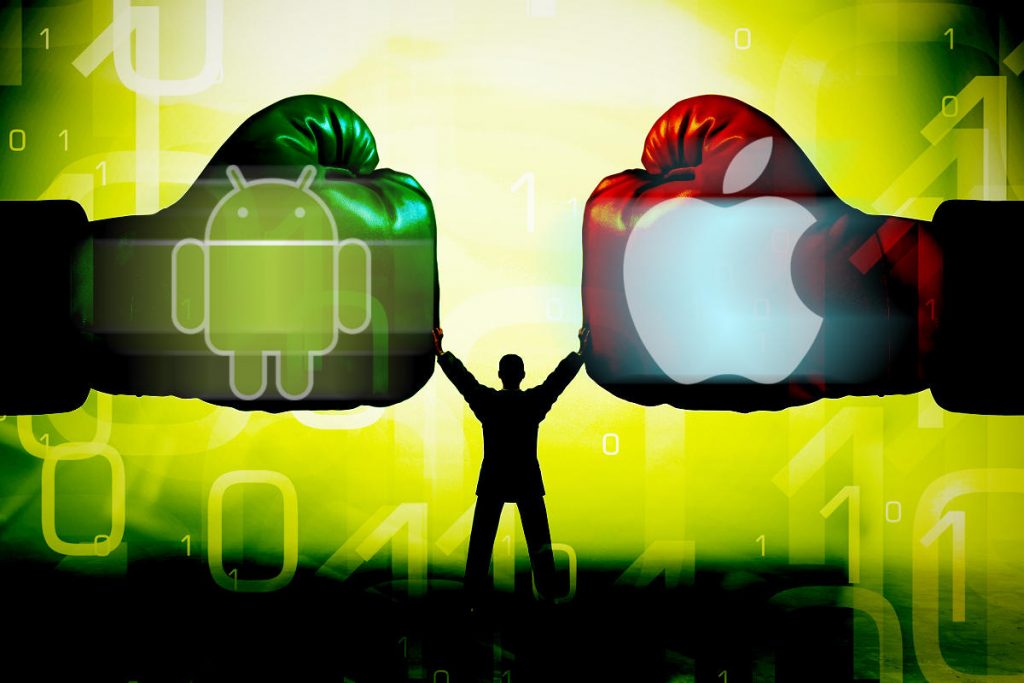
As far as privacy and security is concerned, the Apple’s iOS is considered to be significantly superior than the Android OS. Apple is very strict in terms of the security framework implementation and ensuring that the privacy of users is very well protected. The Android operating system on the other hand is far more vulnerable to security risks in terms of malware and viruses. Android is also considered to be far more vulnerable when it comes to ensuring the security of the users as there have been a number of security breaches that exposed user data in the recent times. This was a considerable issue for users of adult dating and meet n fuck apps. In fact it was believed that the Ashley Madison hack and leak of users’ personal info was originally a breach on the Android OS. Another thing to note here is the fact that you get uniform and regular updates on iOS from Apple as opposed to Android. This is because Android updates are dependent on specific manufacturers rolling them out on their devices whereas iOS is only specific and limited to Apple and thus there is a better uniform structure with regards to the updates that are available.
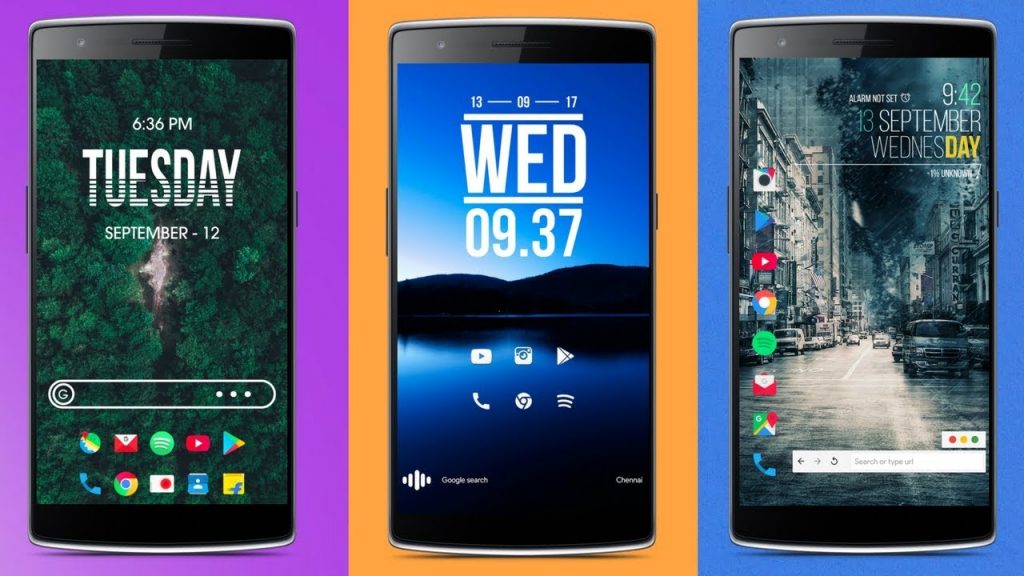
When it comes to customization, features and the variety of apps Android leads the way since the open source nature of Android platform allows far more flexibility. Apple limits the number of developers and has stringent regulations in place to limit the developers that can design the app on their platform. This means that Android enjoys a lot of features ahead of iOS and there is a large variety of apps available on the Android platform. Android also provides its users with the choice of apps other than the ones available on the Play store. This means that Android users can download APKs for different apps from the third party sources. It is important to note that if the users choose to download apps from third party then they might be potentially exposed to malware.
History of Operating Systems
We all make use of the operating system on a daily basis but never think about it. Every device either it is a laptop or smartphone needs an operating system. There are a lot of things that you need to understand operating systems. Their creation, their first use, when were they actually developed, and how did they actually evolve? Operating systems are the foundation of all of the functions that we utilized on our computers and smart devices. When it comes to creating documents, playing games, or any other function on a computer, it starts with the operating system. This also includes browsing the internet. All of this core functioning operates seamlessly behind the scenes. So surely, no one is browsing a local hookup site like https://Localsexapp.com and considering their operating system. They are just enjoying utilities and applications that it allows.
The First Generation Operating Systems (1940 -early 1950’s)
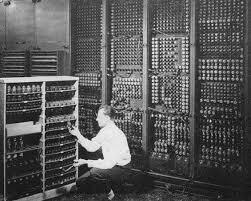
Of course, there were electronic computers in use by the year 1940s. But these were not created with the need for an operating system. At this point, programming was done by using machine language. They were also making use of plug-boards through wiring them for controlling the basic functions of the machine. At this point, computers were just in use for solving very simple mathematical calculations. Hence there was no need for any operating system.
The Second Generation (1955s-1965s)
So, it was in the year 1955, the first operating system was actually introduced. It was named GMOs and this was actually created by General Motors. This operating system was created for 701 machines by IBM. These were the operating systems that were later named as single-stream batch processing systems. The reason behind this was they were actually submitting the data in groups.
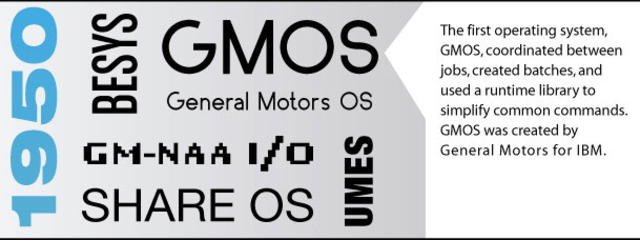
Later they named these machines as mainframes. These mainframes were used by professional operators and they were used in large computer rooms. Because of their high price, they were only reachable and used by large corporations and government agencies. Common people were not able to afford these mainframes.
The Third Generation (1965s-1980s)
By the end of the 1960s, the developers of operating systems were started developing multi-programming systems. These computer programs were capable of performing multiple jobs at the same time. This was the milestone and multi-programming was one of the major turning points in the development of operating systems.
Through this multi-programming, they were able to keep the CPU busy and achieved 100% utilization of CPU. There is another major growth that happened at the same time and that is the development of minicomputers. The early developments were DEC PDP-1 in the year 1961. The cost of this minicomputer was $120000.
These minicomputers later open the doors for the development of more and more PDPs. Later PDPs are the ones that lead the right direction for the development of personal computers. But the actual development of personal computers happened by the fourth generation.
The Fourth Generation (1980s-Till Date)
It was the fourth generation operating system that leads to the creation of personal computing. These resembled the minicomputers that were developed in the third generation. But the best part was they were affordable and they were costing a small bit of the actual cost of third-generation minicomputers.
The personal computer was the best gift through this every individual started using a computer. This made a lot of changes in the usage of computers since earlier minicomputers were just owned by large corporations since they were of the high cost. This was the generation that led to the birth of operating systems like Windows operating system and Microsoft. In the year 1975, the Windows operating system was developed and it was because of the vision by Bill gates. Paul Allen and Gates had a clear vision to take the personal computers to the next level.
MS-DOS was introduced in the year 1981 and but at that point, it was not easy for people to learn and understand the cryptic commands which needed. Later Windows started leading the industry and even today it is the most used operating system.
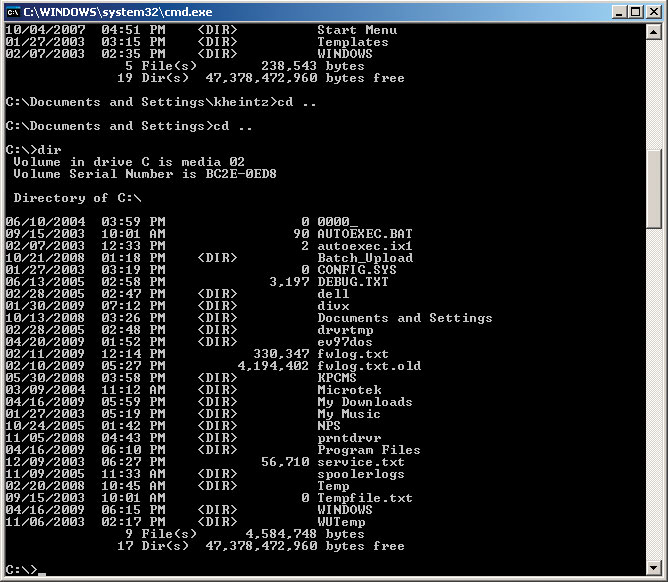
Apart from Microsoft, Apple was the other company that releases operating systems. It was in the 1980s they created their first operating system. Apple Macintosh was created by Steve Jobs and this brought a huge success. The best part was, Apple Macintosh was super-friendly. Later releases of Windows were completely influenced by Apple Macintosh. Even today, these are the two companies that are in competition. Today each and every electronic device needs an operating system and even motor vehicles and ATM machines. If you want to name the most popular operating system today on Smartphones, then it is Android.
Android
In the current decade, each and everybody owns a smartphone and this was the main thing that leads to the creation of popular operating systems. Companies like Google wanted to create the best operating system for Smartphones and they ended up creating Android. There is one more called iOS which is in competition and that is by Apple.
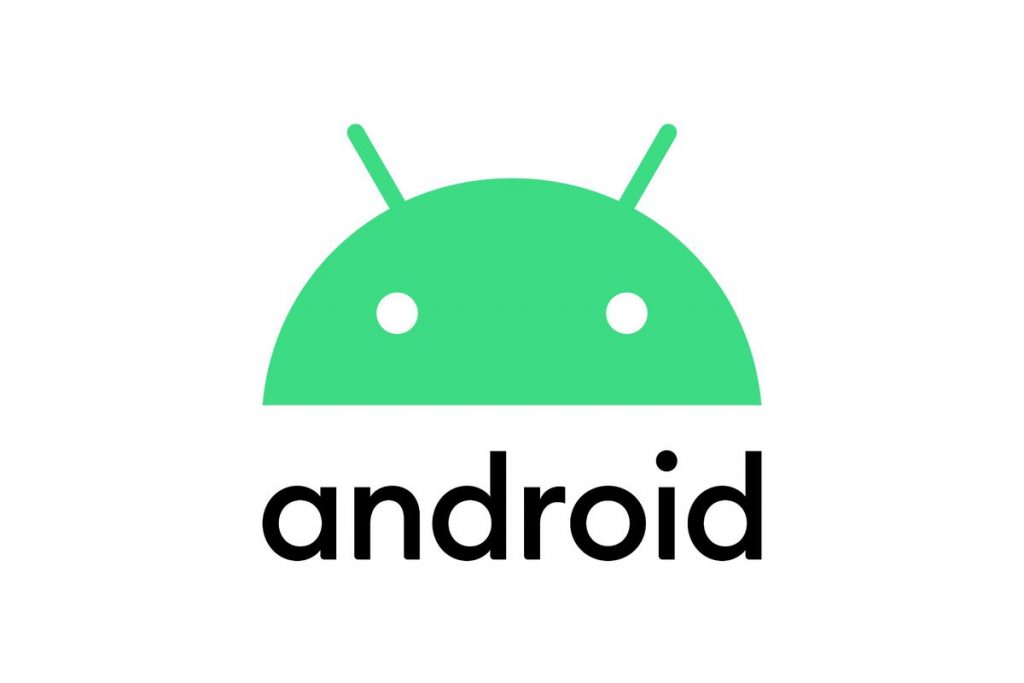
Of course, the history of the operating system looks really short. But you need to understand that it was completely intense. Within a few decades, we have experienced tremendous changes and developments. You will get surprised when you think of batch processing systems evolving to become operating systems like Android which works on your phone.
Minicomputers were making use of operating systems that cannot be compared to today’s iOS or Android. They have evolved so fast and because of that, we are able to make use of everything just in a few clicks.
Bottom Line
We cannot imagine our lives without a Smartphone or a laptop today. To run all these systems you need an operating system that works inside these electronic devices. Without an operating system, none of your electronic devices would work. So, one or another operating system is behind mobile phones, computers, and all kinds of electronic devices. Operating systems are the software which is making this modern society to run smoothly.
The operating system is the backbone for both hardware and software in a device and it is the one that makes them work properly. As the development of the information technology had an origin at some point and it has grown completely, even the operating system. It has grown in a similar way in line with information technology.
Information technology and its development have gifted many things to mankind and one of them is, operating system. Today we can see the operating system running on a device like a Smartphone which is a few inched long. But earlier it was in the form of batch processing and was running on huge computers. This is the evolution of operating systems that happened in a few decades and because of that, we are able to enjoy all kinds of technological amusements.
Operating Systems We Love
It is known that people mostly use the operating systems like Mac OS X and windows. But when you feel tired of using these operating systems which are equivalent to these both operating systems. You can find many operating systems on the web which are lightweight and free for laptops and your systems.
Different types of best operating systems
You can find wide variety of available operating system with various highlights and speed capabilities of processing. Let’s discuss about free operating systems which you can download and install on your system.
Linux Mint
It offers a powerful, modern, and elegant OS for netbook and notebook. It offers supports for multimedia and easier to utilize. It is one of the fastest operating system depending on distribution of OS. It is the most used and prominent operating system used by professionals and also for amateurs.
This operating system offers thirty thousand packages having incredible managers of software. It has a special update manager and Linux architecture robustness. The upgrades come slower than the Ubuntu operating system with best execution and visual aesthetics.
Fedora
It is the second prominent operating system which is Linux based. It is an RPM based and real purpose OS. Its main goal is to not only have programming distribution with an open source license and free but also leading edge to many innovations. The developers of fedora create changes in upstream way other than applying fixes. This will make sure that their upgrades are accessible for every distributions of GNU/Linux. It has a short life cycle of about one month until another version is launched. It offers a great support for PowerPC when utilized with the architecture of processor.
Mandriva Linux
It is the Linux distribution of French which is distributed by mandriva. This operating system, utilizes package manager of mandriva. The products of server acquire full upgrades for about twenty-four months.
Manjaro Linux
It is dependable on high prominent distribution of architecture which is the system of go to for the experts of Linux. This architecture is difficult for curve of steep learning for the users of entry level. This is the point where the Manjaro Linux comes in actually. This operating system focuses on user friendliness and user perception. It offers speed, powerful, and stable operationality with great programming. The approach in a simplified way of the arch distribution seems like that also amateurs can get the architecture repository power to the completeness. The hardware of the system is analyzed and drivers who are necessary are downloaded. Easy installation and dedicated software make it great operating system.
MeeGo/Moblin
It is the light weight Linux distribution grown to run on the less power netbooks having intel atom processors and small screens. On the other side Meego is the Linux distribution which you can run on tablets which are handheld.
Jellicoe
This operating system is great for you if you have low speed netbook. It is built on ubuntu and Debian. This is mostly matching one with the computers with weaker configuration related to memory, screen size, and storage of disk. This depends mostly on packages which are chromium based and run for the applications which are web based.
RemixOS
This is the operating system which is great solution for the one who want to create android personal computer. Whether it is a laptop or desktop, you can run this OS which is android based from USB or directly from the personal computer hard disk. You can boot this operating system from USB as there is file of .exe which is accessible to convert USB which can load this operating system later onwards. It doesn’t limit doing your activities like taskbar, file manager, office applications etc. Using this operating system, you can enjoy every application of android and play amazing games on your Laptop PC or desktop.
Easypeasy
This is the extraordinary operating system used by laptops to do lots of things. Its objective is easy and simple providing applications and codecs. You can also find Skype and Picase by default as your favorites. The installation of this operating system is direct and straightforward.
Android And iOS Compared
ANDROID vs iOS
The two most widely used Mobile OS worldwide right now are Android and iOS. Android has been released by Google, and is the OS inside 2.5 Billion active devices like smart phones, tablets, wearables and so on. It is easily the most popular mobile OS in the world. But firmly in the Second Place, is the iOS, launched by the Apple Group. Other mobile OS, like a resurgent Windows OS, from Microsoft, are still quite far behind. While both perform similar duties, there are stark differences between the two, not just in principles, but also in functionality. This is what makes this short study of Android and iOS compared so interesting for all Readers.
Comparing The Two
Here is a Checklist of Android and iOS compared:
- Source: iOS and Android has completely opposite approaches to Source. While iOS is completely proprietary source, meaning fully owned and controlled by Apple Group, Android was released by Google as an Open Source mobile OS. All or any Developers are welcome to create versions and Apps from the basic Linux kernel, and has moved ahead to the touch-screen based Smart Phone era from the original black and white mobile phones which were meant for communication only. Both the OS together have converted the modern Smart Phone to a multi-purpose mini-computer that offers unbelievable features. But it is Android that, by its Open Source configuration, has become by far the most popular for both Users and Developers.
- Compatibility: While Apple is gradually opening up the iOS ecosystem to include third party devices, Google has already been there and done that, as they say. From the beginning, Google’s approach meant that the ecosystem of Android has been open to the vast variety of devices now looking for a suitable OS to fall back upon, now that all the older OS are becoming extinct (with perhaps the exception of Windows, which now seems to be on the return path again). Simply expressed, using Apple iOS forces the User to limit the choice of peripherals as well as the central Smart Phone to only a few brands. Whereas, if for example, a User favors a Huawei Smart Phone, and desires a Google Home Speaker system, with a Samsung Smart watch, all devices are fully compatible as they all use Android OS. This allows the Users a wide ecosystem, where they need not get locked into just a few brands only, and be fully flexible with their selections.
- Quality: This is one area where the iOS has a clear advantage over Android. Apple is renowned for its innovation and quality. The fact that all its products are housed under the same roof means strict quality control. The magical leadership of Steve Jobs and his acolytes has meant continuous and sometimes startling development. In fact, it was Apple which first came up with the Touch screen, which is the heart of all the Smart devices now. But Android has variable Quality, spread across the vast numbers of device manufacturers and App developers. It is not for nothing that Apple calls itself the “Rolls Royce of Mobile Smart Phones”. It’s the sheer Quality of even its lowest priced product. This also attracts many cool and innovative mobile app developers to focus and launch on ios first. Such is the case with the popular free sex app Fuckbook which shares here why they felt launching their hookup app on iOS first was ideal for their target demographic of casual sex seekers.
- Price Range: A major reason for the greater popularity of Android OS based phones is the huge Price Range of its varied products. While Samsung’s flagship smart phone Galaxy is on par with the latest Apple 11 on Quality (some Users say it is better), and costs even more, there are Android smart phones that are perfectly feature-rich and with decent quality even at the US$100 range! Xiaomi is a Chinese phone that combines top level features with some of the lowest prices in the market to offer a lethal product that is fast growing in popularity. The cheapest Apple iOS smart phone is generally too costly for the mid-range and budget Buyer. According to the latest figures, iOS has a market share of 57% of the mobile market in the US (as on February 2019). But in the budget-conscious countries like China, India and Africa, iOS loses its home –ground advantage of Quality First very quickly. In China, iOS devices have a market share of just 28%, while in Africa it is 15% only, and in India it is a staggering low of 2.8%! We must not forget that China and India together account for more than a third of the entire world’s population, and then the disadvantage of iOS becomes clear.
- Advanced Features: There was a time when it was Apple that launched all the latest inventions, and stood higher than all its competitors put together. But this is fast changing. Intense research and development has resulted in Android-based competitors catching up, especially in the fields of AI.
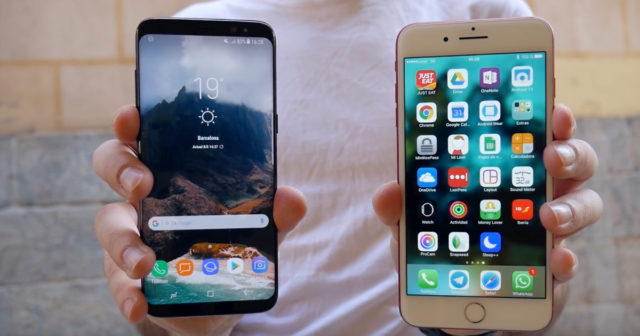
In spite of the present position, however, if the past is any indication, the future is totally open to conjecture.
Software Licenses Explained
What is a software license? A software license is a legal document providing the guidelines and use for the software distribution. It typically contains the end-users with the right to one or more copies of software without violating the copyright. You must be thinking, what is the need for such a license? Every development practice requires us to use some license for our source code at some point. There are many types of licenses for software distribution. The most common ones that are used are provided in detail below:
Public Domain License
Public domain license belongs to the licenses that grant public-domain-like rights or/and act as waivers. They are used to make copyrighted works useful for anyone without circumstances while preventing the complexness of attribution or license compatibility that occur with other permissions. However, in different countries, Public Domain notion may not be defined or defined variously, so utilizing this license can bring certain risks.
Zero/public domain (CC0)
CC0 or Zero/public domain was created to increase the compatibility with legal domains which have no concept of devoting to the public domain. It is obtained by a public domain waiver announcement and a fall-back to the all-permissive authorization.
Permissive Software License
The permissive software license, sometimes also called BSD-like or BSD-style license, is a free software license with least laws on how the software can be redistributed. Such permits require more than just applying the first portions of the licensed code to the innovative designers in your system or the documentation.
The examples of permissive licenses are MIT License, BSD licenses, Apple Public Source License, and the Apache license.
Copyleft Software License

Copyleft is a general approach to building a program in an unconstrained way which requires all the modified and full versions of the policy to be free as well. The Copyleft licenses for software require the essential information to propagate and edit the work, to be made accessible to recipients of the binaries. But what does it mean in practice?
If you do divide your application and use some Copyleft library as part of your request, (even if it’s just the run-time linking to a library) also if you do not charge anything, and even if you do not change that library in any way, then you must make the source code of your application usable for end-users.
Making the source available does not mean users can download it automatically. It might be that you must get a written petition and then send references. You can’t escape the responsibility to make your source code available to end-users.
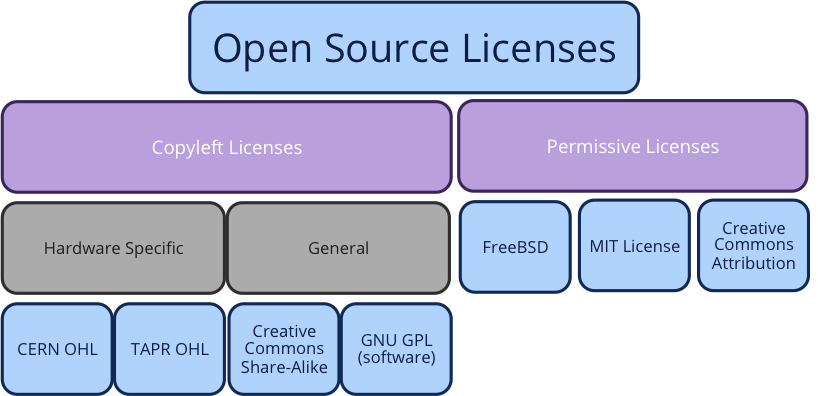
Well, now you know about the basic license you will need for software distribution. And different types of opening source permit requires you to meet different kinds of obligations if you want to reuse the code. These licenses will help you in reusing and redistribution of the code or software without violation of the copyright. You need to have particular permission before using any software.

